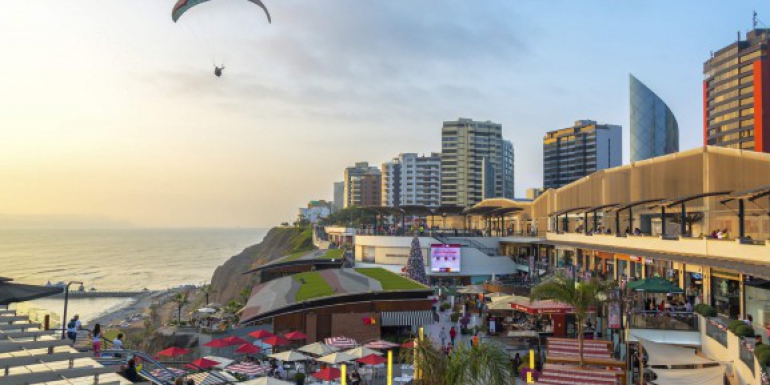Many foreigners living in Peru will be aware by now that the current government has enacted a new immigration law, which entered into force on March the 1st 2017. This new immigration law repealed and replaced the old immigration law, hence modifying some of the requisites and features applicable to the current migratory categories. However despite the fact that this law was enacted over two years ago, some of its provisions have yet to be fully applied.
Indeed, though the administration passed the Rules of Procedure, for the interpretation and application of the law, the National Superintendence of Immigration ("MIGRACIONES") has yet to publish the long awaited Text of Administrative Procedures ("TUPA"); which is essentially the document which explicitly states the requirements for each available procedure at the entity,
Nevertheless, some of the most significant changes have already been published in the law and the Rules of Procedure. That being said, here are some of the broadest and most significant changes enacted by the new immigration law:
1.- The Tourist Visa: under the previous law, the tourist visa was granted for a term of 183 non-renewable days. Under these terms, foreigners could cross the border upon the expiry of their visa and apply for a new one to re-enter the country, a common practice known as “Border-Hopping”.
However, foreigners who practice border-hopping should be wary, as the new law explicitly states that the tourist visa is granted for a term of 183 non-renewable days, within a term of 365 days. This means that if you exit the country, upon the expiry of your tourist visa, you won’t be able to apply for a new tourist visa for at least 182 days.
Despite this, it's been reported that border authorities are still authorizing the practice and border-hoppers have remained undeterred. Though we should note that the success of such a tactic is of course largely dependent on the border agent in charge of authorizing your entry. Absolutely nothing can prevent them from enforcing the law, so forewarned is forearmed.
2.- The Business Visa: in the past this visa only allowed the holder to carry out commercial transactions and activities related to investments, entirely barring the practice of remunerated activities. However, under the new law the holder may carry out activities related to technical and specialized assistance. Likewise, the term for this visa is 183 non-renewable days within a term of 365 days.
3.- The Designated Worker Visa: designed for foreigners expatriated to Peru, to render services to a Peruvian company or natural person, on behalf of their foreign employer. Previously only a temporary visa, granted for 90 days renewable for a term of one year, this visa can now be granted as a resident visa and has doubled its period of stay. The temporary visa is granted for 183 non-renewable days, and the resident visa is granted for one renewable year.
4.- The Worker Visa: whereas the previous law only allowed the holder to perform as a dependent worker, the new law allows the holder to labor either as an employee or an independent contractor, whether in the private or the public sector. Consequently, applicants for this visa will require either a work contract, previously approved by the Labor Ministry, or a contract for the provision of services. Despite this MIGRACIONES has yet to establish the exact requisites for applying for the Worker Visa as an independent contractor.
5.- The Investor Visa: it is unfortunate that the law increased the minimum amount of investment from USD 30,000.0 to PEN 500,000.00 (approximately USD 150,000.00). Thus, the administration has ensured that this visa will remain out of use, in place of more popular work-arounds involving the Worker Visa.
6.- The Relative of Resident Visa: this migratory category has expanded its scope of application and now includes (i) single children, up to the age of 28, provided that they are studying at a university or technical institute; (ii) domestic partners of different sex, and children conceived within a domestic partnership, as well as the parents of the partners. Additionally, the holders of this visa can now carry out remunerated activities in Peru.
7.- The Rentista Visa: the requisites of this visa may in regard to the amount the applicant receives as a pension; however these changes will be specified in the Rules of Procedure of the law, which will be published on March the 1st
8.- The Permanent Resident Visa: previously known as the “Immigrant Visa”, it allows the holder to reside indefinitely within the Peruvian territory. The minimum term of legal residence required to apply for this visa has been increased from two (2) years to three (3) years.
Foreigners who want to renew or apply for any of these visas should be wary of these changes, and carefully study the advantages and disadvantages this new law will bring.






































